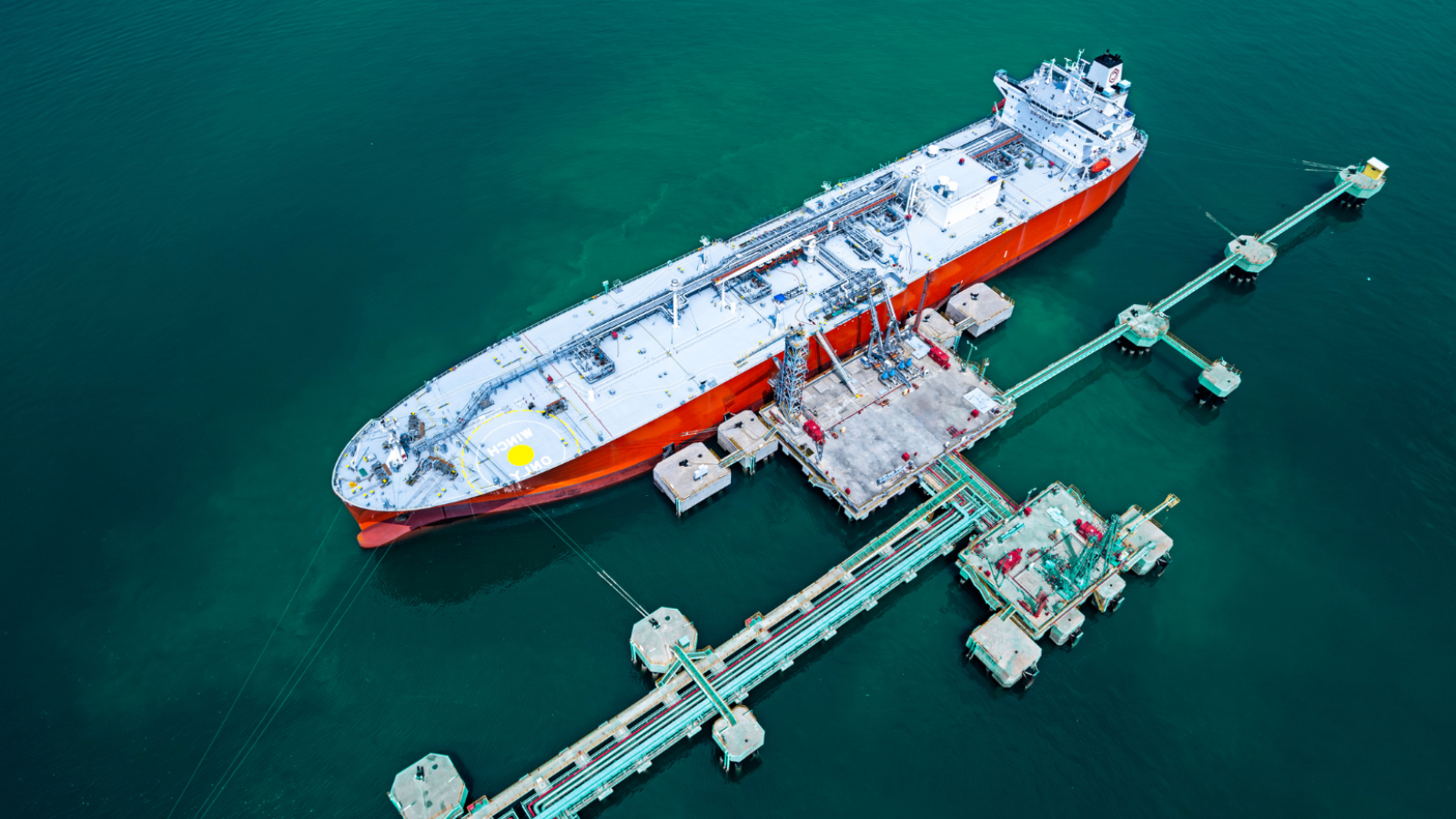
In today’s energy landscape, crude oil remains a cornerstone fuel source, driving global economies and industries. Understanding the complexities of the crude oil industry is essential for investors and stakeholders seeking to navigate its opportunities and challenges effectively.
Crude oil, also known as petroleum, is a naturally occurring fossil fuel formed from organic materials over millions of years. It is found in underground reservoirs and consists of hydrocarbon compounds.
Crude oil plays a pivotal role in various sectors, including transportation, manufacturing, and agriculture. Its versatility and energy density make it indispensable for powering economies worldwide.
Global Hour Marine Marine specializes in transporting crude oil from offshore rigs to onshore refineries. Our expertise ensures safe and efficient delivery, contributing to the smooth functioning of the global energy supply chain.
Volatility in oil prices, geopolitical tensions, and environmental concerns are among the challenges facing the crude oil industry. Understanding and mitigating these risks are crucial for long-term success.
In the vast landscape of energy production, few resources hold as much significance as crude oil. This fossil fuel powers industries, fuels transportation, and serves as a cornerstone of modern life. However, the extraction of crude oil is a complex process that relies heavily on advanced technology to unlock its potential. In this blog post, we’ll delve into the crucial role that technology plays in crude oil extraction, exploring its innovations, challenges, and implications for the future.

Crude oil extraction has come a long way since the early days of hand-dug wells. Today, cutting-edge technology drives the industry forward, enabling efficient and sustainable extraction methods. Here are some key technological advancements that have revolutionized crude oil extraction.
Modern seismic imaging techniques allow geologists to accurately locate oil reservoirs beneath the Earth’s surface. By sending sound waves deep into the ground and analyzing the returning signals, geophysicists can create detailed maps of subsurface formations, guiding drilling operations with precision.
Traditional vertical drilling techniques have been complemented by horizontal drilling, which allows operators to access oil deposits located far below the surface. By drilling horizontally through layers of rock, companies can extract oil from previously inaccessible reserves, maximizing production efficiency.
In the realm of crude oil trading, Global Hour Marine Marine emerges as a pioneer, presenting associates with unparalleled opportunities for financial growth. This article delves into the core aspects of Global Hour Marine Marine, exploring the intricacies of diverse tiers, dynamic cycles, the revolutionary Referred Policy, fair play principles, and the adaptability of the ecosystem in the face of changing returns.
Global Hour Marine Marine stands as a beacon in the ever-evolving landscape of crude oil trading. With an unwavering commitment to financial prosperity, Global Hour Marine Marine unveils a world of possibilities for associates seeking a path to sustainable growth. This introduction sets the stage for an exploration into the unique features that define the Global Hour Marine Marine experience.
The cornerstone of success with Global Hour Marine Marine lies in understanding and navigating the diverse tiers. Associates are presented with a strategic choice – from the 1-15 lakh bracket earning 3% per month, the 15 lakh – 2 Cr range with a rewarding 4%, to amounts exceeding 2 Cr with an impressive 5% monthly return. This section unravels the wisdom behind choosing the right tier to maximise returns.
In the dynamic world of crude oil trading, Global Hour Marine Marine introduces associates to the concept of cycles. These cycles, lasting for months, allow associates to strategically ride the waves of market dynamics. Real-world success stories illuminate how savvy investors leverage these cycles to optimise their financial strategies and secure sustained returns.